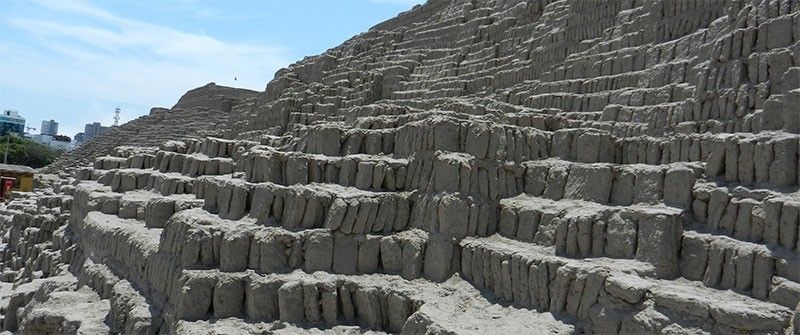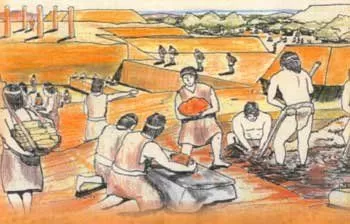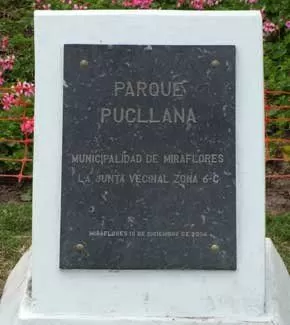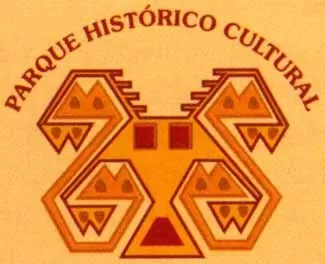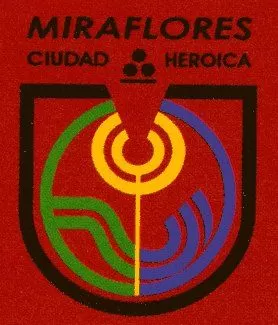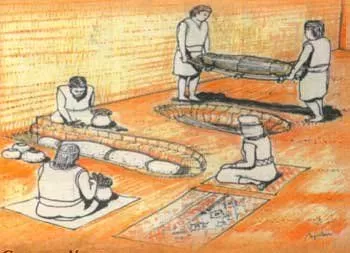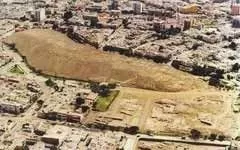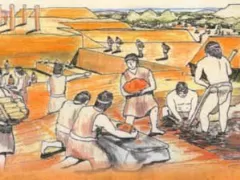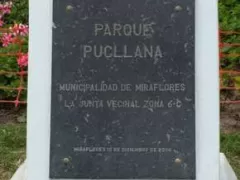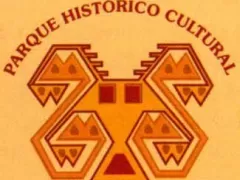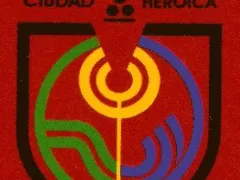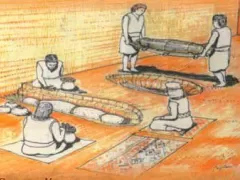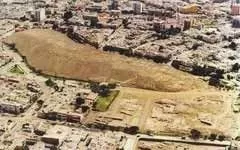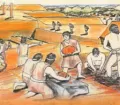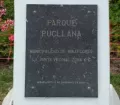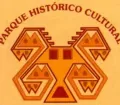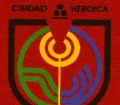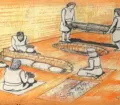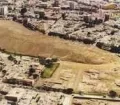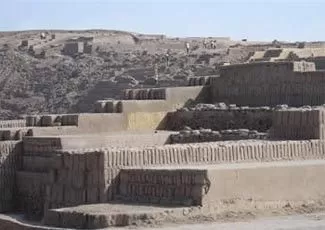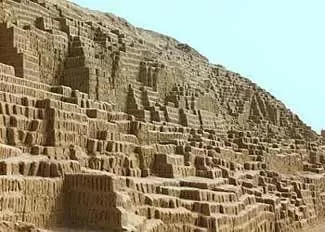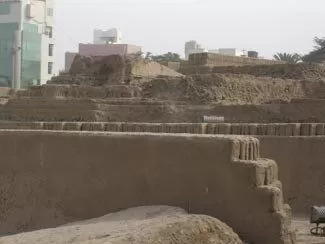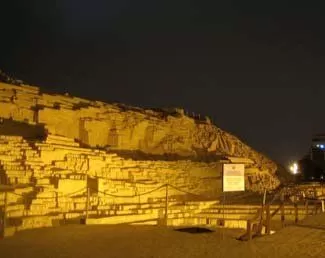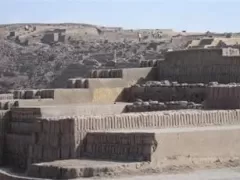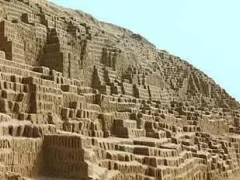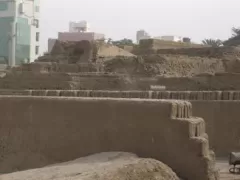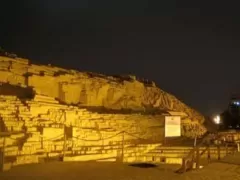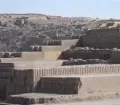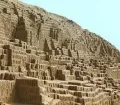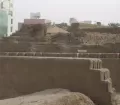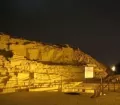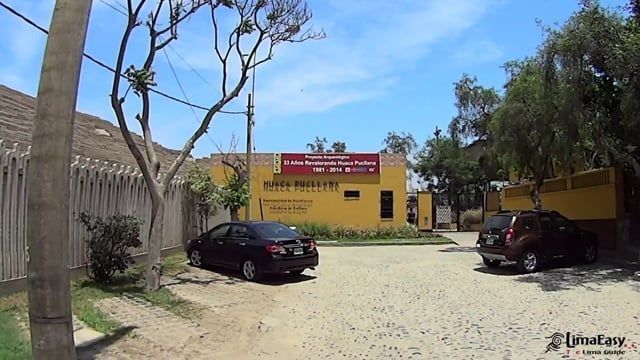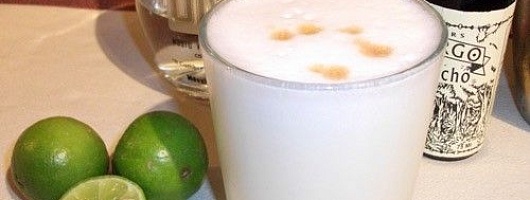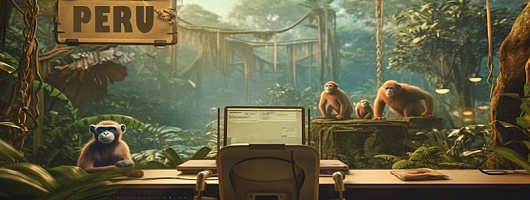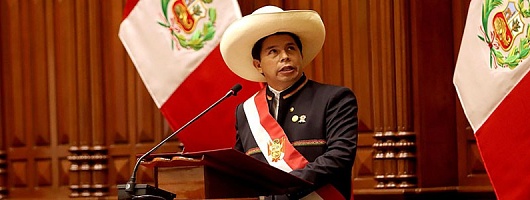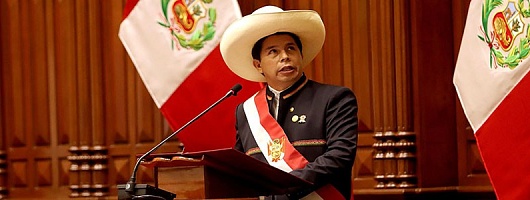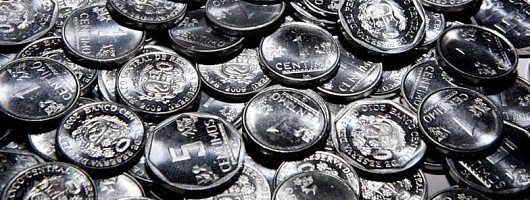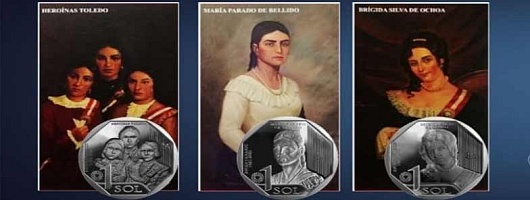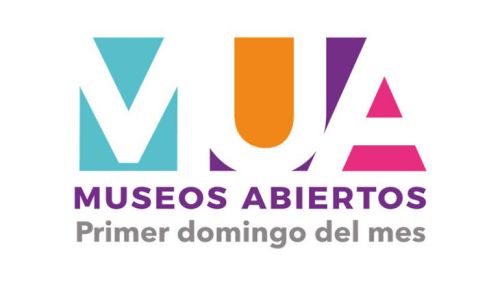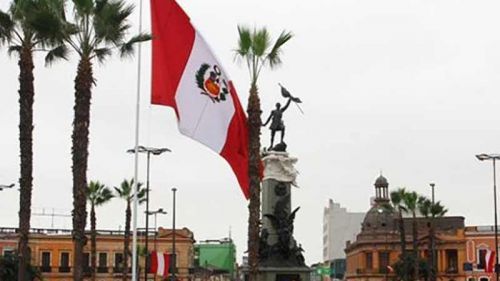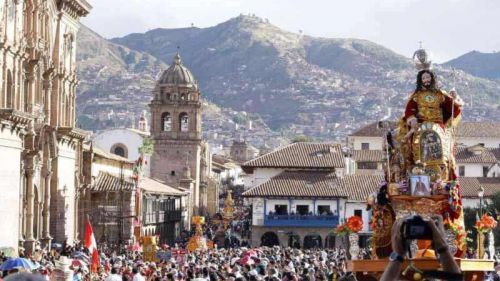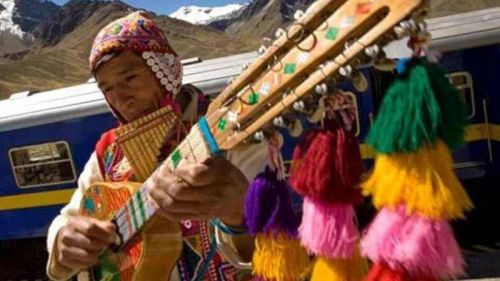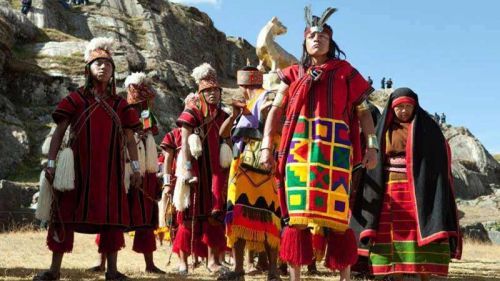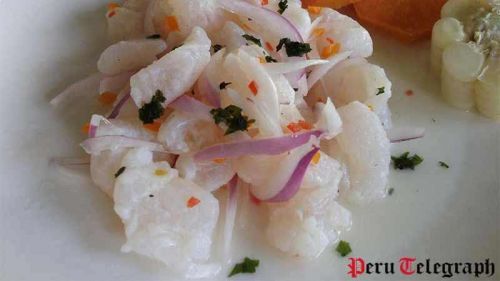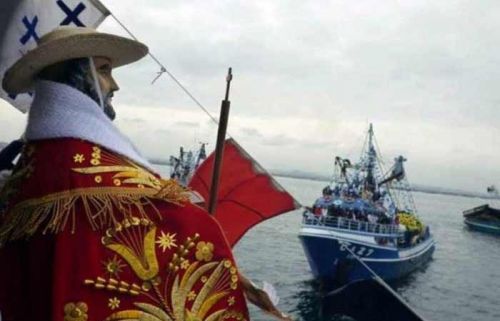The Archaeological Complex "Huaca Pucllana" was an Administrative and Ceremonial Center of the Lima Culture, a society that developed at the Peruvian Central Coast between 200 AD and 700 AD. In today's district of Miraflores the "Huaca Pucllana" was built around 500 AD. "Pucllana" is one of the most important ancient monuments in Lima.
Located right in the middle of a modern residential area, it is resisting the urban growth and reminding the Limeños every day about their archaeological patrimony. The complex comprises the archaeological ruins itself, a small site museum, an area for workshops, a small souvenir shop and a restaurant.
Huaca Pucllana History
Travelers and explorers described and studied the Huaca Pucllana since the 19th century. The real professional investigations only started in the middle of the 20th century when the top of the pyramid was exposed. In 1981 permanent works on the archaeological complex including excavations and conservation revealed the importance of the "Huaca Pucllana". The "Instituto Nacional de Cultura" (Peruvian Cultural Institute) and the "Municipalidad de Miraflores" (Municipality of Miraflores) signed an agreement in 1991 that allowed the "Huaca Pucllana" to become a historical and cultural park.
With success, an extensive program of investigation and preservation was brought on the way. Investigations are still going on. Archaeologist learnt a lot about pre-Hispanic life of ancient Peruvians. Based on the "Huaca Pucllanas" architecture and found objects, we believe it that the complex was the heart of development of the "Lima Culture" and served as a ceremonial and administrative center. A group of priests that politically governed as well the valleys of Chancay, Chillón, Rímac and Lurín ruled it.
The "Huaca Pucllana" was clearly separated by an enormous wall (north - south direction) into two different parts:
- The administrative sector and the urban zone were located towards the east of this wall, with places presumably used for public meetings, to discuss control and improvement of production. Several small buildings, squares, ramps, patios and storage rooms completed this part.
- The ceremonial sector towards the western part of the wall contained the pyramid (made of adobe bricks, 500 metres long, over 100 metres wide, 22 metres high) and adjacent places. Priests conducted here religious ceremonies honoring the Gods and ancestors.
Archaeologists discovered textiles, decorated ceramics, bones, stone tools and remains of alpacas, guinea pigs, ducks, fish and other molluscs, corn, pumpkins, beans and fruits like cherimoya, lúcuma, pacae, guayaba. The findings give vital information about the life of the first "Limeños". They built the houses near plantations or close to irrigation channels, and typically for this time made of reed and adobe.
The day-to-day labor involved fishing, working on the plantations, gathering and hunting, manufacturing of handicrafts, textiles, basketry and tools for agriculture and fishing. Cooperative operations were carried out to construct and maintain irrigation channels. The simple burial sites and missing weapons among the burial objects showed that the population lived a very basic and peaceful life. Their textiles were simple as well, made of wool from alpaca or vicuña. Artistic pottery included ceremonial jars decorated with snakes and fish in black, red and white.
With the "Wari" who overthrow all other cultures at the coast of Peru around 700 AD, "Pucllana" lost its importance and was abandoned. During the Wari period, they used the pyramid as a burial place for their notabilities. Later, those graves were destroyed by the "Ichma" (residents who worshipped Pachacámac) that tried to impose their own culture. After some time, the "Huaca Pucllana" was only used for performing sacrifices and worshipping. By the time the Incas arrived in the region, "Pucllana" already was considered a "ñaupallaqta" (an old sacred village).
Recent Discoveries at the Huaca Pucllana
During ongoing excavations, they discovered recently an undisturbed grave. On the 20th of October 2010 archaeologists announced the finding of 4 well bundled mummies from the Wari culture. According to the excavation director of the Huaca Pucllana the mummies include what appears to be an elite woman and three children who may have been sacrificed to accompany her into the afterlife.
Huaca Pucllana Museum
The on-site museum exhibits an interesting collection of ceramics, textiles, tools, artefacts and remains of plants and animals that were found at the "Huaca Pucllana". With a guided tour around the archaeological complex, you can experience the life of the ancient population first hand.
Interesting is the small park dedicated to the local flora and fauna showing plants and animal species already known during the Lima Culture. At the cultural promotion area, seminars and workshops are held. A nice one is the "Arqueología para niños" (archaeology for kids), where children can enjoy digging and the manufacturing of textiles and ceramics. If you are hungry, after such a rich cultural experience, taste some typical Peruvian dishes at the on-site restaurant.


